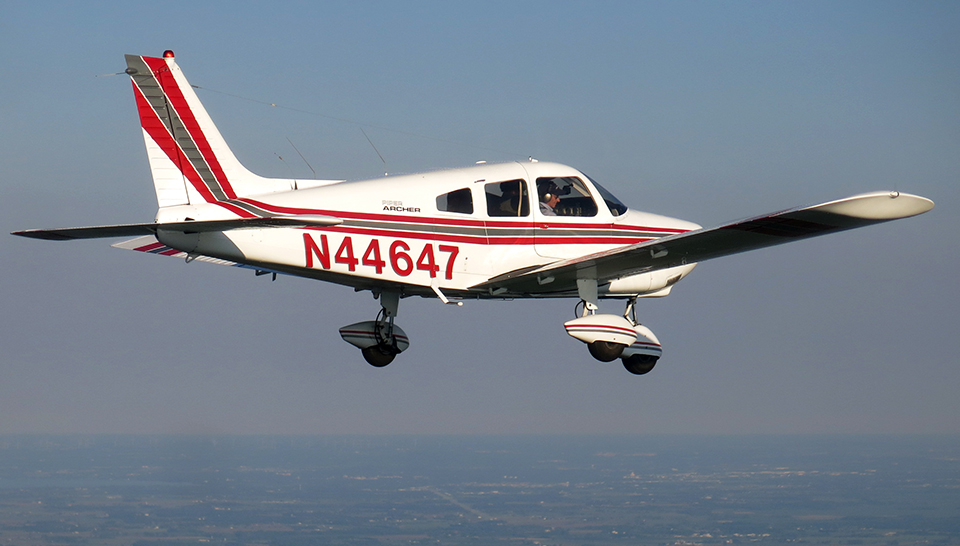EAA Files Public Comments Concerning Proposed Piper AD
February 7, 2019 - EAA filed public comments on a proposed airworthiness directive (AD) affecting numerous Piper PA-28 and PA-32 aircraft on Monday. The AD requires aircraft with certain use histories, as determined by a formula that accounts for total time in service and 100-hour inspections, to undergo eddy current inspections on their wing spars. The AD was prompted by a tragic accident at Embry-Riddle Aeronautical University last spring, where a PA-28R-201 Arrow suffered a wing spar failure in flight resulting in two fatalities.
While EAA takes the potential for further wing spar failures extremely seriously, the organization’s comments voice several concerns with the AD as written.
First, while the “factored service hours” formula used by the AD limits the true number of affected aircraft, EAA is still concerned that the applicability statement is overly broad. The type certificate holder, Piper Aircraft, Inc., has stated that there are significant differences between applicable models and that they seek further dialogue with the FAA to better refine the list of covered aircraft. EAA encourages that dialogue to take place.
Second, the cost of compliance estimated by the FAA is excessively low, as it falls short of both the time and the hourly cost required to perform a specialized inspection. Previous ADs put forth by the FAA have estimated significantly higher costs for similar eddy current requirements. Note that EAA does not consider excessive cost a valid reason to ignore a vital inspection, but an accurate cost estimate should be part of the FAA’s proposal.
Third, the “factored service hours” formula does not adequately address progressive inspections performed as a legal alternative to 100-hour inspections, nor does it distinguish between mandatory inspections for commercial service and voluntary inspections.
Finally, the FAA appears to be using this AD to further an investigation into wing spar issues across the PA-28/32 fleet. While ADs are justified in the case of a known hazard to safety, the FAA has more appropriate tools with which to investigate potential threats to airworthiness. EAA is urging FAA to use those tools, and limit any AD to known problems. The work necessary to perform the inspection exposes the airframe to a small but significant amount of risk of damage, and therefore the eddy current requirement needs to be properly limited.
“Airframe failure of any type is extremely serious,” said Sean Elliott, EAA vice president of advocacy and safety. “We support the FAA taking action to address the problem, but we want to ensure that this action is correctly targeted and well-considered.”
EAA, along with several other groups, had previously filed comments requesting at least a 45-day extension to the public comment period for this AD. Due to the partial government shutdown in December and January, the FAA did not process these requests in time. It is likely that the public comment period will be reopened at some point in the near future, at which time EAA will notify its members.

